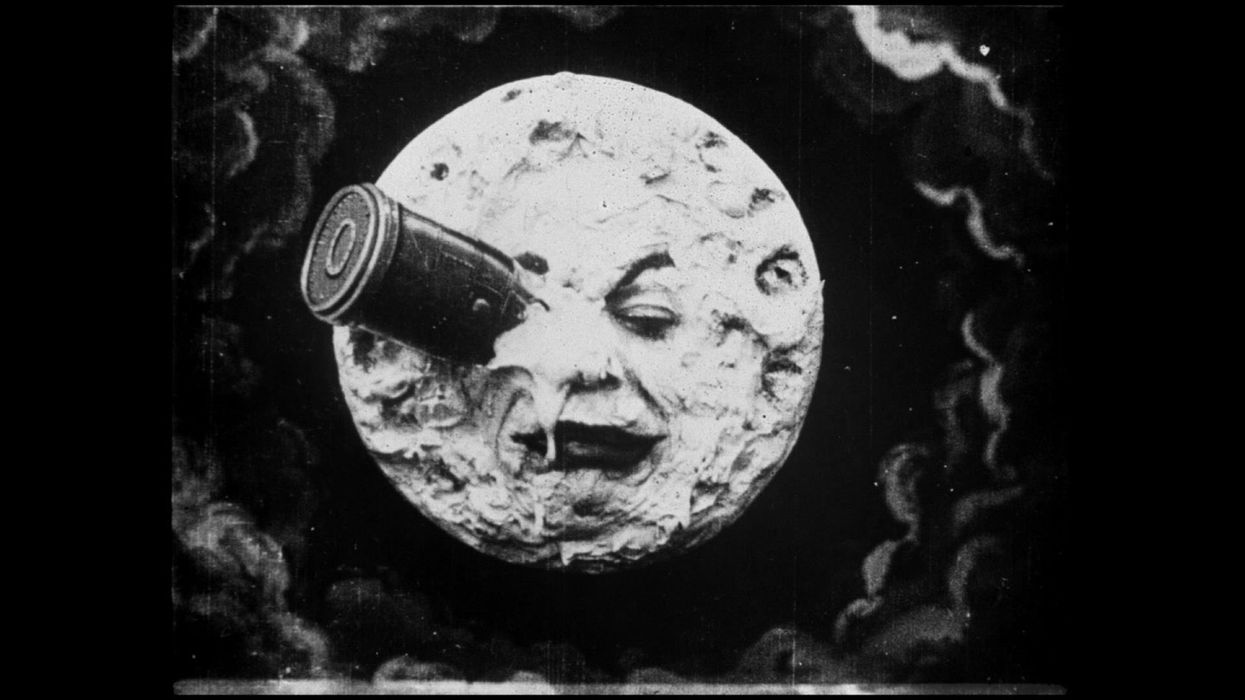3 Types of Cinematic Movement That Will Make Your Film More Dynamic
In filmmaking, movement equals energy, giving you more opportunities to woo your audience with your visual storytelling.

When you think of cinematic movement, what's the first thing that comes to your mind? Camera movement maybe—tracking shots, panning shots, dolly moves, stuff like that? Or maybe you think of characters and objects moving within the frame. Either way, you're right; things that move in a film, whether within the frame or the frame itself, is cinematic movement, which carries a lot of importance, aesthetically speaking, in terms of how filmmakers create energy and interest with their images. However, in this video, Michael Lohrum (the DIY Camera Guy) goes over a third type of cinematic movement that may not be as obvious or as easy to define as the ones I just shared but is still just as impactful. Check it out below:
So, Lohrun knew that saying all shots should have movement might ruffle some feathers, but kudos to you for watching the whole video to catch the third type of movement he was talking about which has nothing to do with the physical placement of objects or a change in visual perspective. He calls this third type "emotional movement," but what he seems to be describing, at least in my mind, is editing, something some of you might've never considered to have any connotation with movement until watching his video. So, quickly, let's go over the three types of movement he talks about, as well as how they work to create that sweet, sweet aesthetic energy.
Blocking
This type of movement includes anything within the frame that moves. Everything in motion, from people to cars to trees to rain, creates a certain amount of aesthetic energy. The more things that are moving, and the more those things move within the frame, the more energy is produced, which is why a shot like that can still be exciting even if the camera is static.
Camera Movement
Again, this type of movement was probably the first thing that popped into your head when I asked you to think about cinematic movement. Moving your camera is a great way to add aesthetic energy to a shot, and in many cases is the only way to do so, if, for instance, you're capturing some shots of a stationary product, prop, or any other type of subject. The aesthetic energy is ramped up even more if you combine both moving elements within the frame with camera movement.
Editing
This third type is really interesting to me because it's not often talked about in terms of cinematic movement, but I think Lohrun is absolutely right to include it. In the video, he specifically talks about "emotional" movement, where the emotional impact of a scene moves your viewer through the narrative. (Stay with me.) I know this concept doesn't necessarily pertain only to editing, but editing can not only give the illusion of movement but, perhaps more relevant in this context, cuts and transitions can be used to produce contrast through the juxtaposition of two very different kinds of shots, like a very kinetic shot to a still shot.
Movement, though just one method of creating aesthetic energy, is a powerful tool that now may have more possibilities than you previously thought. So, the next time you're editing a project, try to think of ways you can incorporate cinematic movement with your edits to make your scenes more dynamic.
Source: DIYCameraGuy











